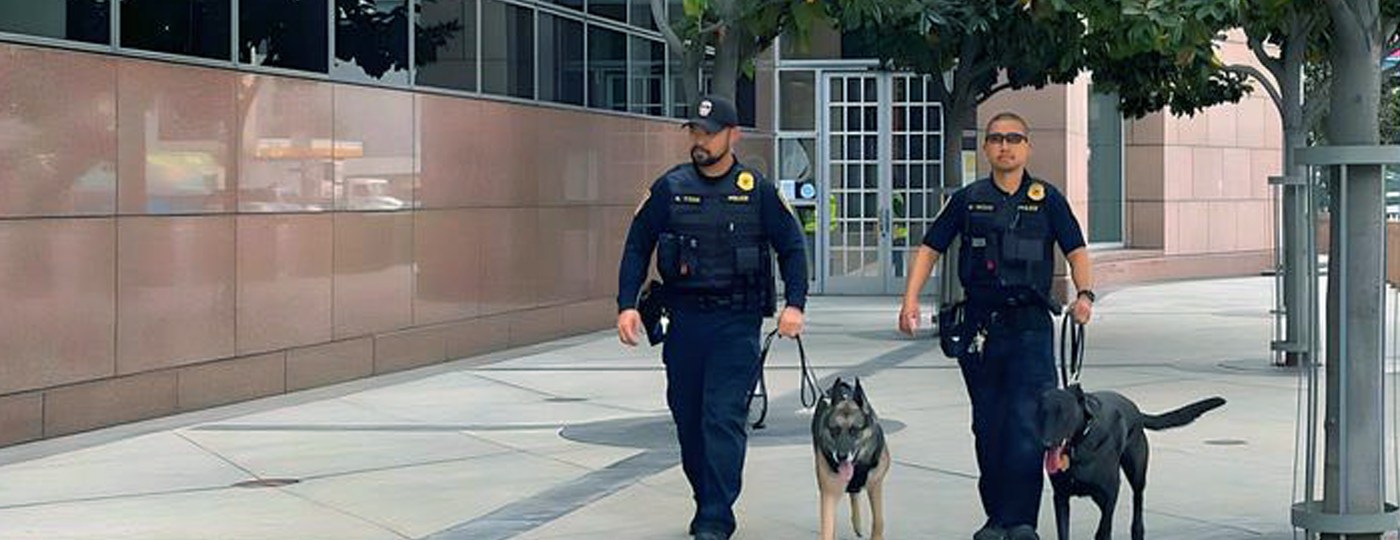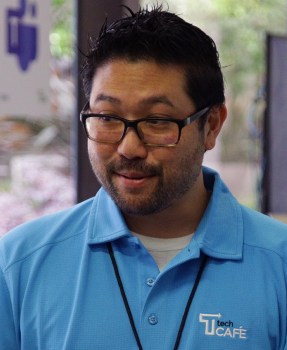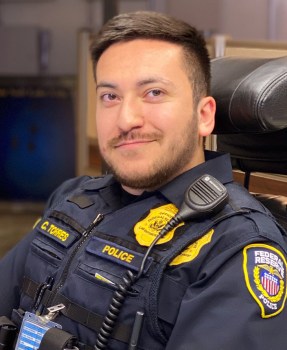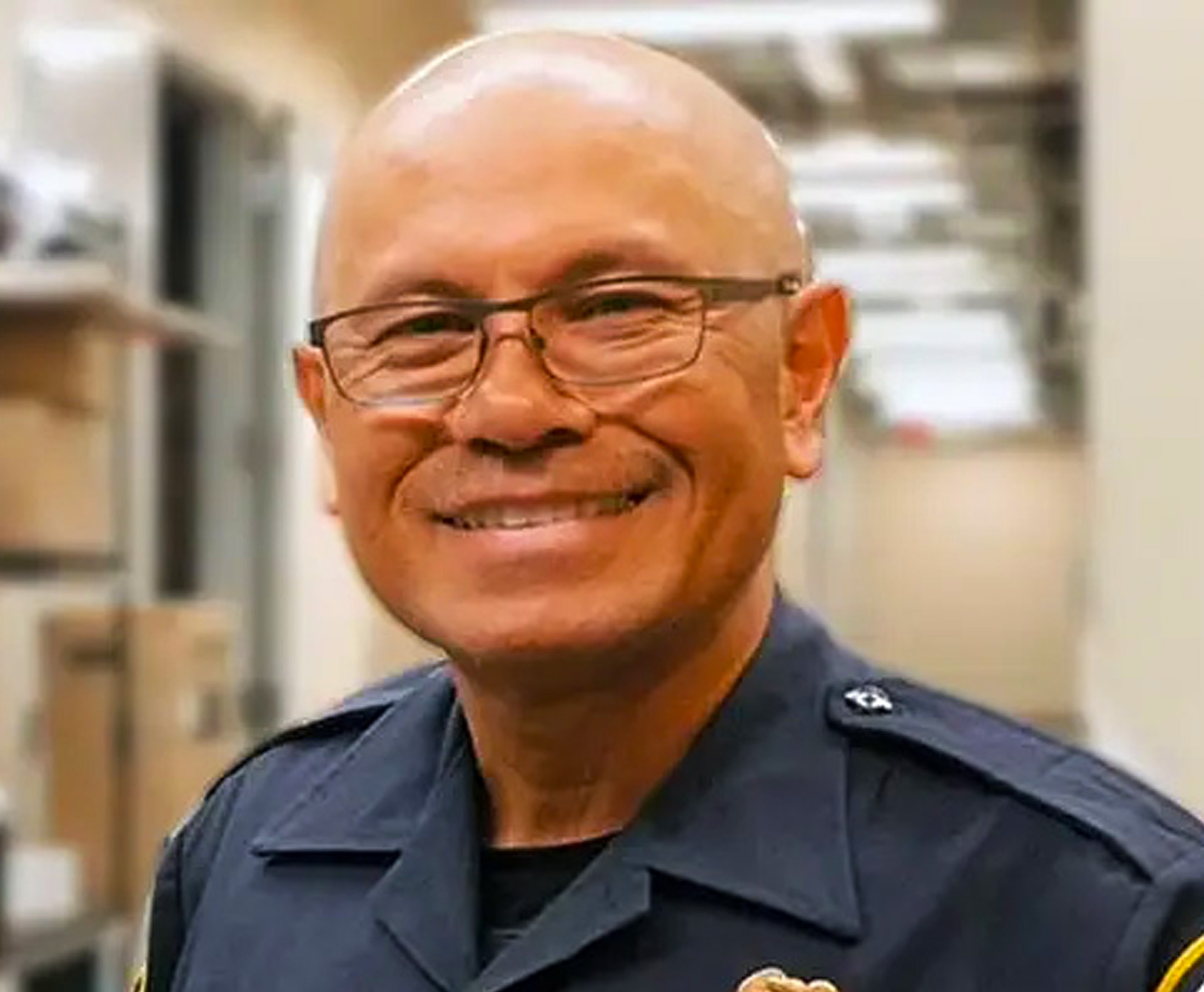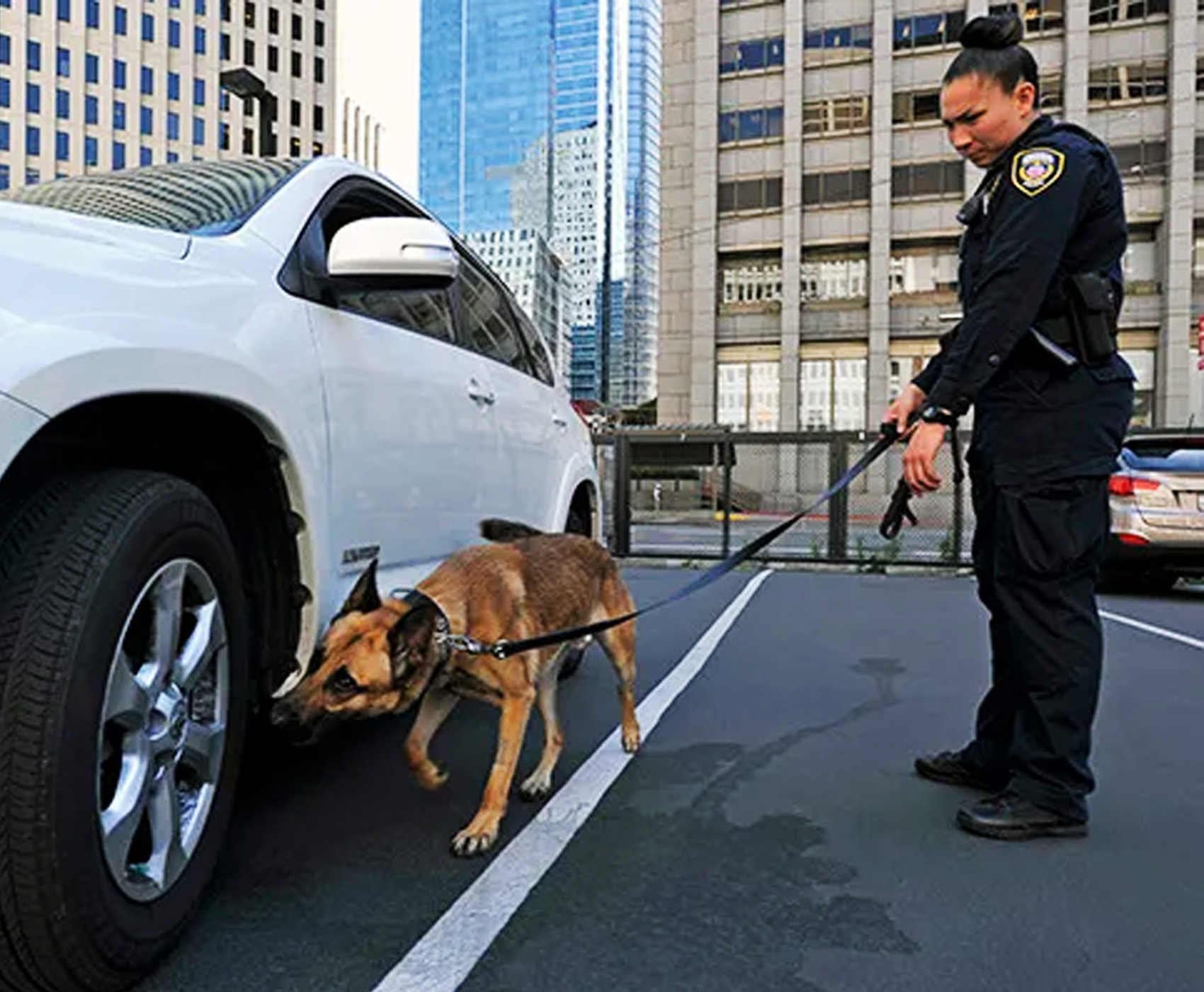What it Means to be a Federal Reserve Police Officer
Our police officers serve as the face of the SF Fed, both as frontline defenders in our five locations and ambassadors in the communities we serve. Our Law Enforcement team is made up of police officers, analysts, security technologists, and training specialists; in short, no matter what skills you bring to the table, we have a place for you. Whether you’re a seasoned veteran or just starting your career in law enforcement, there are exciting opportunities for you in Law Enforcement.
All SF Fed police officers are considered Federal law enforcement and are expected to uphold that responsibility accordingly. It means being open to taking on leadership roles and new assignments—we have K9 officers and EMTs, specialty assignments like executive protection and our field training officers.
Our Mission at the Fed
The mission of Law Enforcement is to provide a safe and secure environment for employees while safeguarding the SF Fed’s facilities, operations, and assets. Every year, our sworn law enforcement teams perform security screens on some 550,000 people, 455,000 parcels and 4,200 vehicles with the assistance of our K9 teams. These highly trained police officers respond to medical emergencies, provide executive protection for the SF Fed’s leadership, assist local police with investigations, and stand ready to secure currency moves in times of civil unrest or natural disasters.
Our Locations + Basic Law Enforcement Course
Our police team is divided into three regions—Northern, Central, and Southern. The Northern region is comprised of our Seattle and Salt Lake City offices, while Los Angeles and Phoenix fall under the Southern Region. The Central Region refers to our namesake office in San Francisco. Each of our offices has a full complement of police officers, meaning anyone looking to join our team can find roles in all of the SF Fed’s locations outside of Portland.
Everyone on track to become an SF Fed sworn officer begins their employment with six weeks at the Basic Law Enforcement Course. During this time, cadets spend 240 hours learning about constitutional law, court testimony and reporting, use of force and de-escalation strategies, how to approach terrorism threats, vehicle and pedestrian control, firearms, and more.
A lot is expected of our officers, so to help ensure they continue growing, adapting, and evolving with modern-day strategies and technologies, they move from BLEC training to the Field Training program, which requires another 240 hours before they are considered fully prepared to fulfill the core functions of their job.
Join Our Team!
See Yourself Working Here
